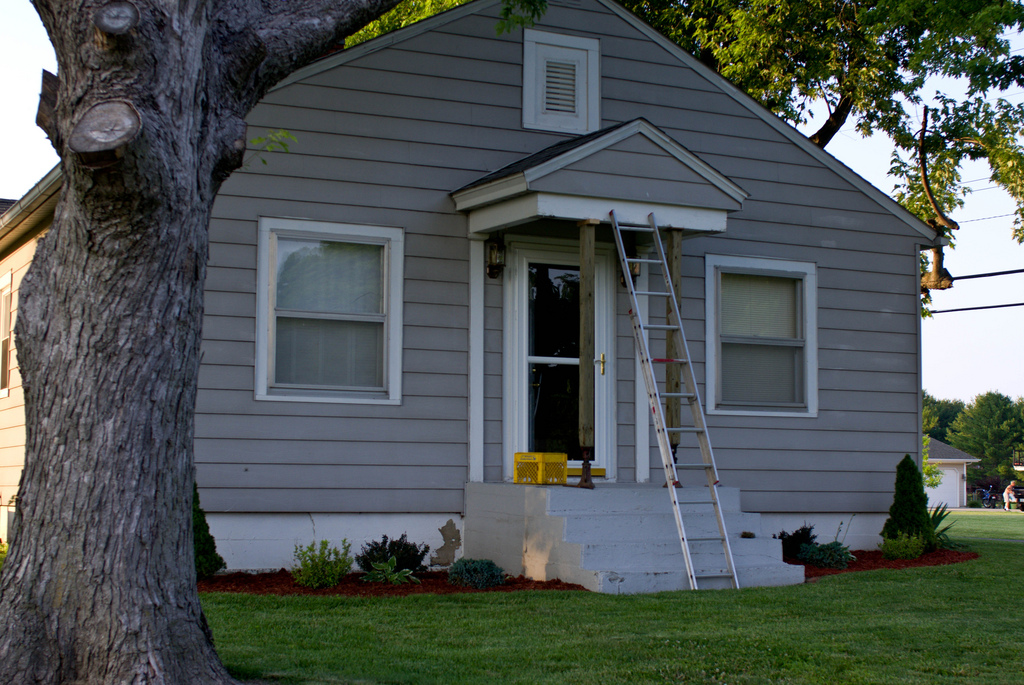The idea of a fixer-upper property is such an attractive one. For one thing, it’s relatively low cost to buy – saving you a potential fortune in mortgage payments. Then there is the promise of profit; of being able to make such drastic improvements to the house, you can sell it on for a lot more than you paid for it. While it’s nice to be able to move into a house that’s ready and waiting for you, being able to put your stamp on something that’s run down is arguably even more enjoyable.
When you first tour a potential purchase like this, it’s easy to get carried away. You see potential; what could be if you put the work in, rather than the reality of what you’re buying. You’re seeing the profit, the chance you will have to create something truly unique – and what’s more, it’s well within your price range. So you buy it.
Then, slowly, the realisation begins to hit you: you’ve bitten off more than you can chew. What one looked like a simple renovation is now – very clearly – anything but. The major problem with this is that you’re stuck with the house; you own it, and it needs work doing to it. So what can you do when you realise you’ve made an investment – but found yourself in deeper than you can handle?
#1 – Do The Work Anyway
Well, you’re there now – so maybe you just need to grit your teeth and throw yourself into it.
There’s all sorts of problems that can run deeper than you initially expect. The roof, for example, might look good enough on an outside inspection – then you move in and realise that it leaks every time it rains. You might discover that walls have been knocked down that shouldn’t have been; or that the plumbing or electrics are going to need a complete do-over.
Sometimes, the best thing to do is just to throw yourself at the task. Try and examine the roof for yourself, with the help of a fall protection company to ensure you’re safe. Get a builder to examine the walls; an electrician to check the wiring. Find out exactly where you stand and then make a list of all the things you need to do, working down it as and when funds are available. You can still make a profit and have a home to be proud of – it’s just going to be a bit tougher than you imagined.
#2 – Sell At Cost
If you find the work is far too much for you to contemplate, then try and look for a sale that will take the property off your hands without costing too much money. Add up all the money you spend on moving costs, any renovation work you have done so far, and the legal fees. Add this to the price you paid for the house, and then try and sell it on in the hopes of breaking even.
This might be a drastic option, but at least you’re not going to lose money because of it – and it’s better to get out if you really think the work isn’t going to be possible for you.
#3 – Sell At A Loss
Finally, unless you want to fall victim to the sunk cost fallacy, sometimes the best decision is just to get out before you lose any more cash. This is a big decision, but it’s better to make the change sooner than later if you don’t foresee any way you can make the situation work.






Leave a Reply